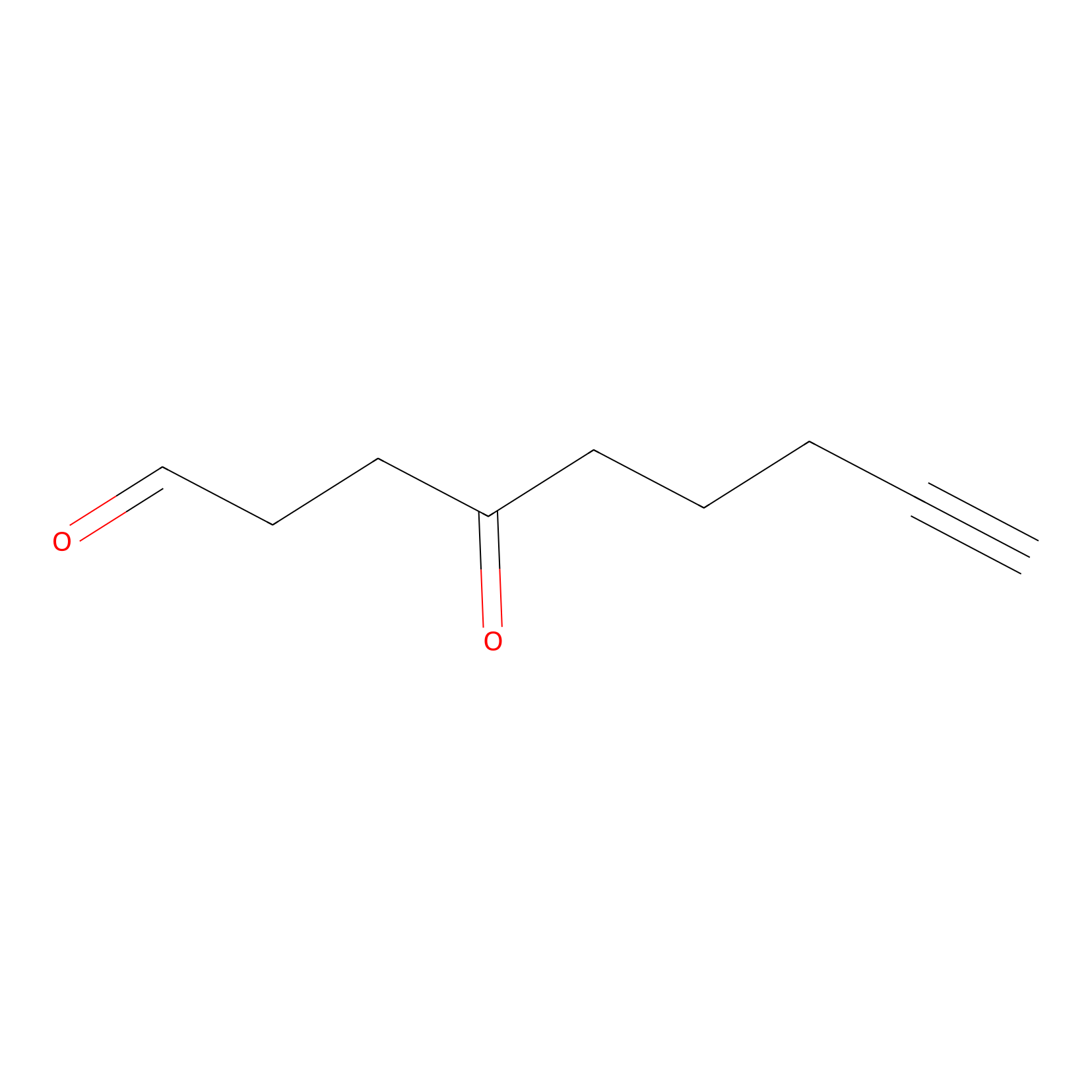Details of the Target
General Information of Target
Probe(s) Labeling This Target
ABPP Probe
| Probe name | Structure | Binding Site(Ratio) | Interaction ID | Ref | |
|---|---|---|---|---|---|
|
ONAyne Probe Info |
 |
K244(4.88) | LDD0275 | [1] | |
|
DBIA Probe Info |
 |
C132(2.01) | LDD3338 | [2] | |
Competitor(s) Related to This Target
References
